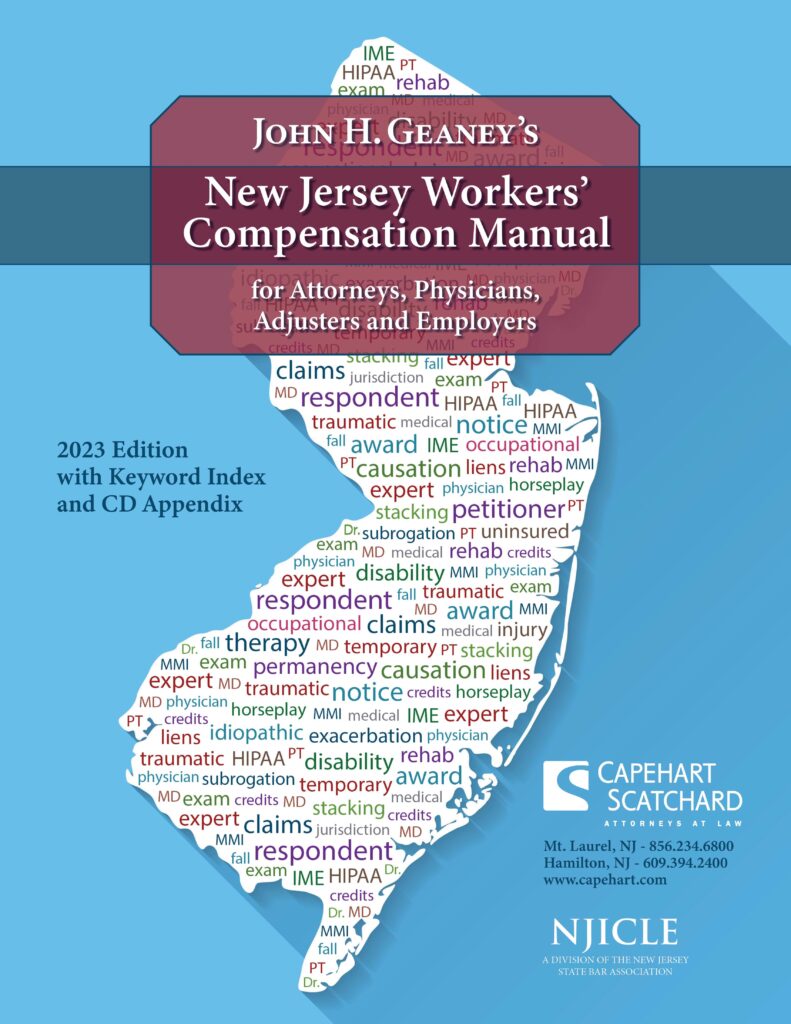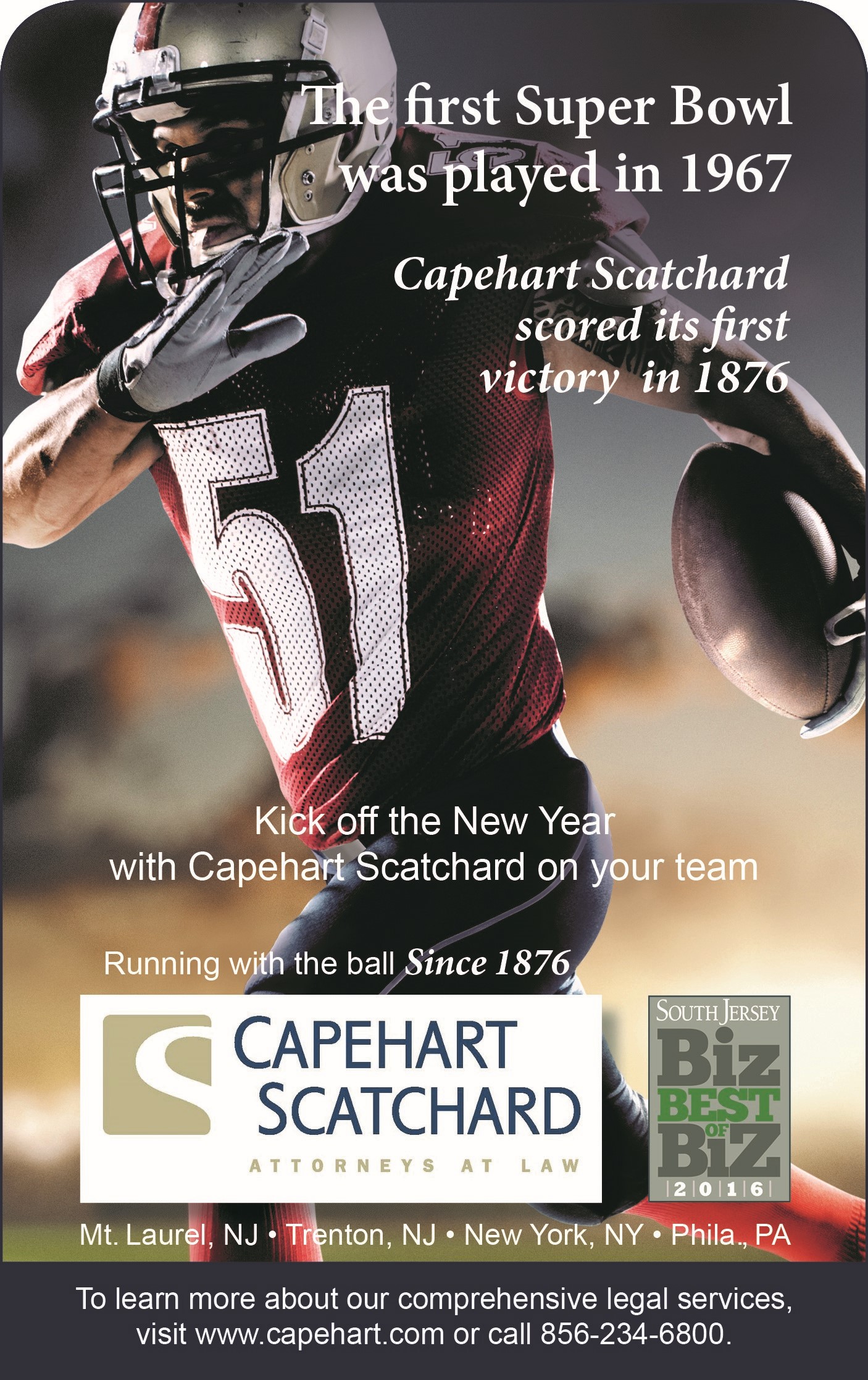Court Holds That First Employer is Responsible for Entire Case Notwithstanding Subsequent Injuries
Defining what is a flare up from a new injury as opposed to objective worsening in the condition has always been more art than science. In Allison v. L&J Contracting Company, A-1352-11T4 (App. Div. September 27, 2012), the petitioner Allison injured his low back falling in a hole on July 27, 2006. He filed a claim petition against L&J, which admitted the accident.
L&J subsequently moved to join a subsequent employer, Baumgardner Floor Covering, for two accidents occurring in June 2007 and March 2008. Petitioner had returned to work for Baumgardner and found that his normal activities on that job and at home were worsening his back and leg. He claimed he was injured in June 2007 and in March 2008 while working for Baumgardner, but he never reported either incidents to Baumgardner, nor did he seek treatment. He himself thought these incidents were flare ups of his previous symptoms.
An MRI was done in 2006 showing small disc herniations at L4-5 and L5-S1 as well as a bulging disc at L3-4. Petitioner treated with Dr. Steven Valentino for the 2006 injury and got three injections of cortisone. Dr. Valentino did not observe radicular pain during his treatment in 2006.
When Dr. Valentino saw petitioner in November 2007, he noted that petitioner’s symptoms had increased. He gave him epidural injections. Dr. Valentino saw petitioner in February 2008 but did not recommend surgery.
On March 17, 2008, petitioner saw Dr. Valentino and reported lifting a 92 pound bag of sand at work (during Baumgardner’s employment) and experiencing low back pain with sciatic pain. Dr. Valentino found definite worsening related to lifting the 92-pound bag. A new MRI in April 2008 showed no change in the discs other than some increase at L4-5.
Dr. Valentino continued to treat petitioner and eventually performed surgery on October 3, 2008, consisting of a laminectomy at L4-5. After his surgery, petitioner experienced improvement.
The petitioner’s expert, Dr. Henry David, found an 80% disability, apportioning 65% to L&J and 15% to occupational exposures at Baumgardner. Baumgardner produced testimony from Dr. Tim Pinsky, who found that all of the disability was from the first accident with L&J. He said that petitioner had ongoing problems from the time of his first accident. Dr. A. Gregory McCluretestified for L&J, making no attempt to apportion disability between the two employments.
The Judge of Compensation found that all of petitioner’s back problems stemmed from his 2006 accident. He said that the incidents in June 2007 and March 2008 were “descriptive of occupational activities” rather than “accidents or traumatic events.” The judge said that nothing petitioner did while working with Baumgardner was any different than his normal everyday occupational activities. The Judge assessed all responsibility for the claim against L&J, which filed an appeal.
The Appellate Division reviewed the rule in Peterson v. Hermann Forwarding Co., 267 N.J. Super. 493 (App. Div. 1993). In that case the first employer in a series of employments was held responsible for petitioner’s disability where the claimant continued to work after the original injury and the subsequent employments were not shown to have materially worsened his condition. The Appellate Division held that as in Peterson, the petitioner here got worse over time simply by the progressive worsening of his condition, not necessarily by the subsequent work. The Court said that there was only proof of one compensable accident in 2006 against L&J. Although the court does not discuss this point, it was no doubt problematic that petitioner never reported either incident, nor sought treatment for the two alleged subsequent incidents.
This case shows how difficult it can be to render subsequent employers liable after a significant initial injury. It is clear that this was a close case. One factor that no doubt hurt L&J was that its own expert did not apportion disability between the two employers. Most of all courts focus on objective testing, and there were legitimate differences of opinion among medical experts as to whether the second MRI showed any material difference from the MRI done immediately after the first incident in 2006.








Connect with Capehart Scatchard